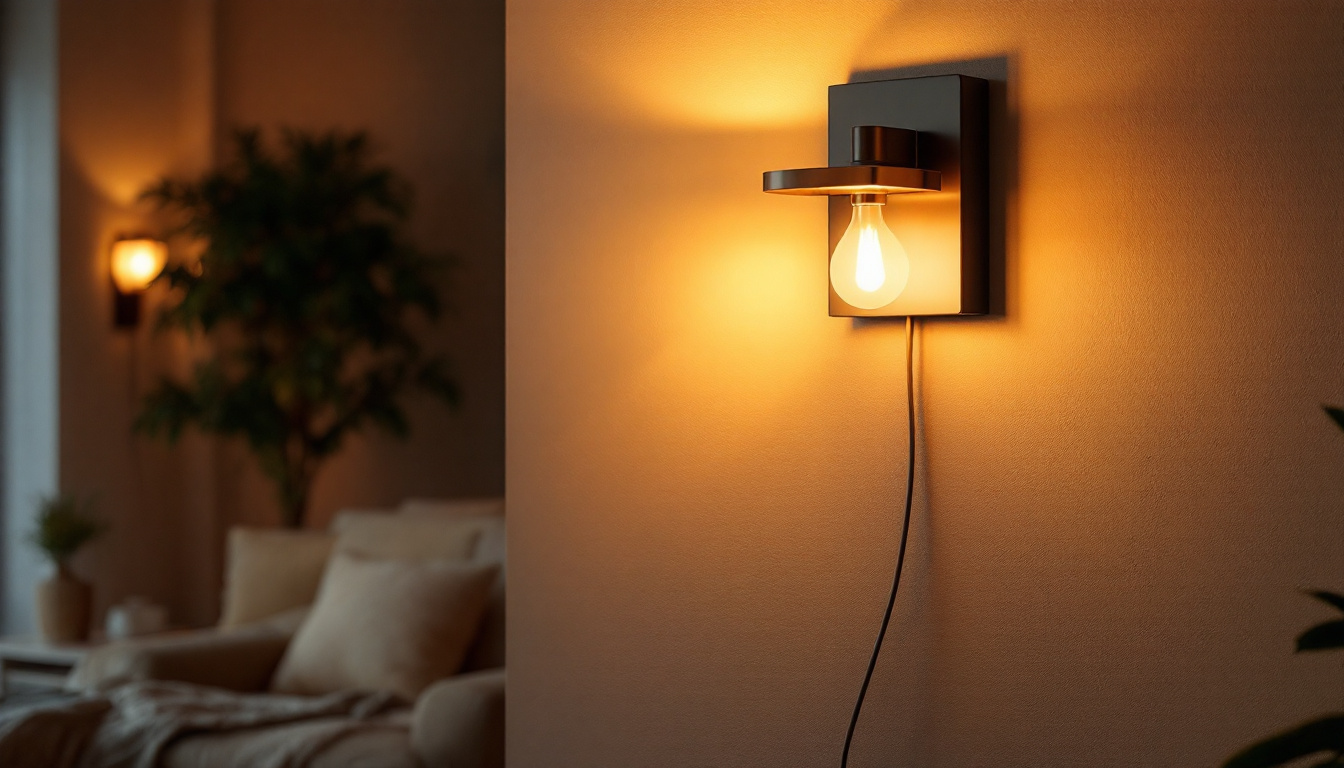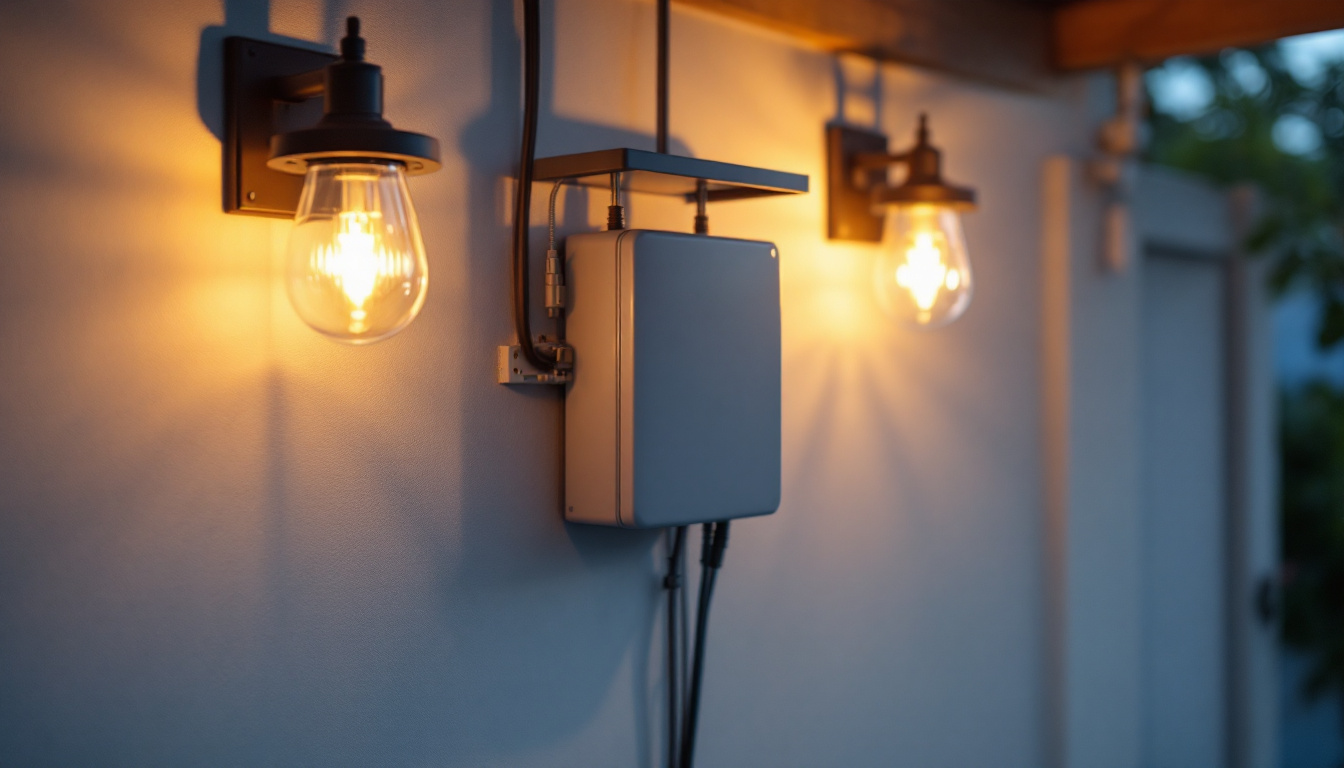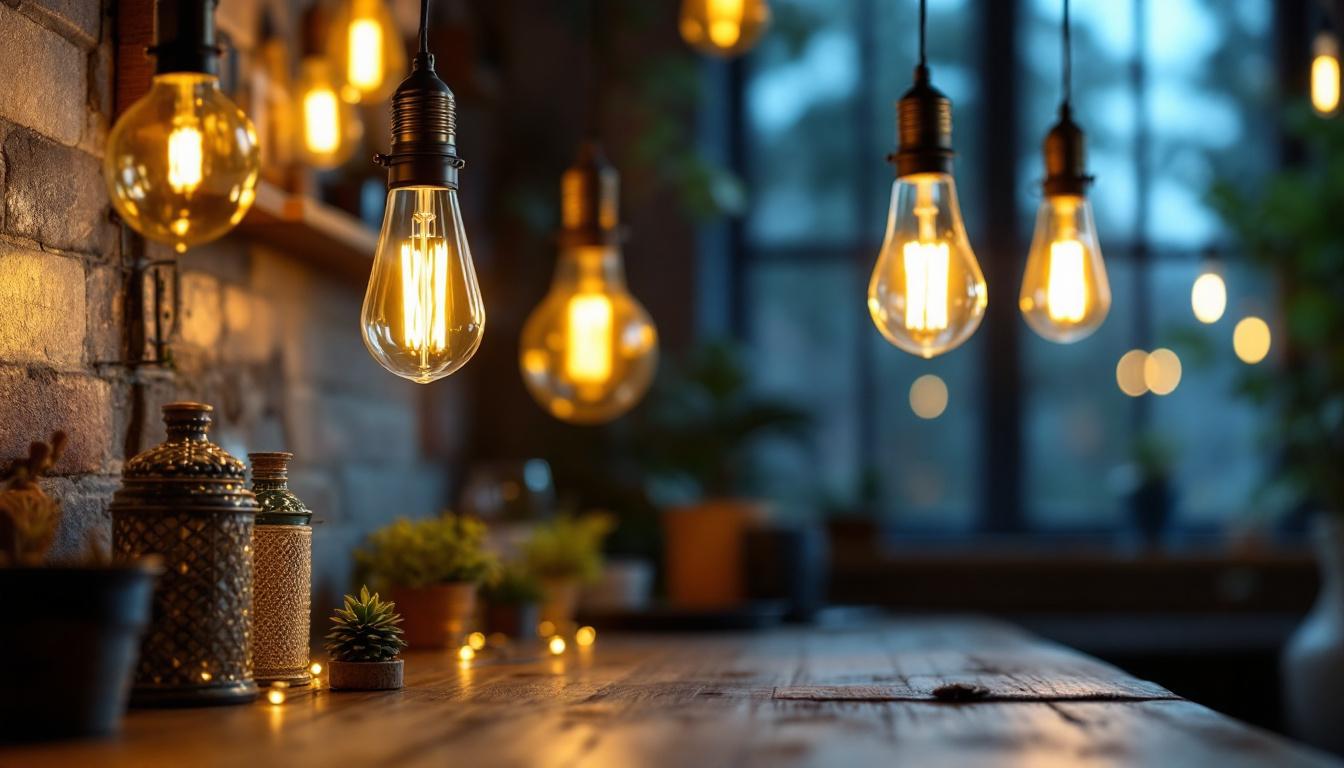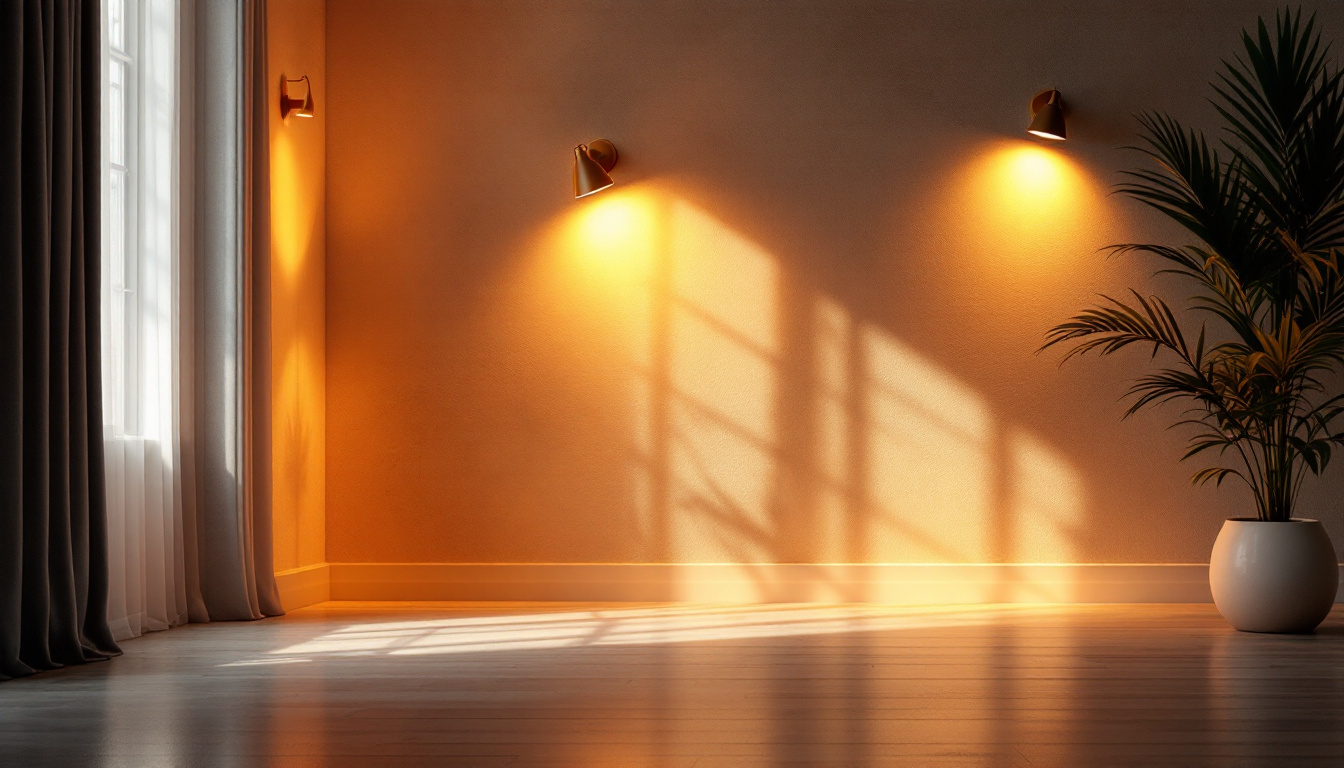
Indoor sconces are an often-overlooked element in the realm of interior lighting design. These wall-mounted fixtures offer not only illumination but also an opportunity to enhance the aesthetic appeal of a space. For lighting contractors, understanding the various aspects of sconces—from their design and functionality to installation and maintenance—is crucial for providing clients with optimal lighting solutions. This article delves into the essential details surrounding indoor sconces, ensuring that contractors are well-equipped to advise their clients effectively.
Indoor sconces are versatile lighting fixtures that can serve multiple purposes in a home or commercial setting. They can provide ambient, task, or accent lighting, depending on their placement and design. Typically mounted on walls, sconces can be used in hallways, living rooms, bedrooms, and even bathrooms, making them a popular choice for many interior designs.
There are several types of indoor sconces, each serving a unique function and offering different styles. Understanding these types can help contractors guide clients in selecting the right fixtures for their spaces.
The materials and finishes of sconces play a significant role in their overall look and feel. Common materials include metal, glass, and wood, each offering distinct advantages. Metal sconces can provide a modern or industrial look, while glass sconces add elegance and sophistication. Wood sconces can bring warmth and a rustic charm to a space.
Finishes such as brushed nickel, oil-rubbed bronze, or matte black can further enhance the design, allowing for customization that aligns with the client’s vision. It’s essential for contractors to stay updated on popular finishes to recommend the best options for their projects.
In addition to traditional materials, many modern sconces incorporate innovative elements such as LED technology, which not only improves energy efficiency but also offers a range of color temperatures to suit different moods and settings. Some sconces even come with adjustable brightness levels, allowing users to tailor the lighting to their specific needs at any given moment. This adaptability makes sconces not just functional, but also a key component in creating dynamic and inviting environments.
Furthermore, the design of sconces can reflect various aesthetic movements, from minimalist Scandinavian styles to ornate Victorian influences. This diversity allows homeowners and designers to curate spaces that are not only well-lit but also deeply personal and reflective of individual tastes. By understanding the interplay between design, function, and technology, contractors can better assist clients in making informed choices that enhance their living or working spaces.
When selecting indoor sconces, functionality should be a top priority. The right sconce can significantly impact the ambiance and usability of a space. Contractors must consider factors such as brightness, light direction, and energy efficiency to ensure that the chosen sconces meet the needs of the client.
The brightness of a sconce is determined by the type of bulb used and the fixture’s design. LED bulbs are becoming increasingly popular due to their energy efficiency and long lifespan. They provide bright illumination while consuming less energy compared to traditional incandescent bulbs.
Contractors should also consider the lumen output of the bulbs. For ambient lighting, a lower lumen output may suffice, while task lighting may require brighter bulbs to ensure adequate visibility. Understanding the specific needs of each room will help in making informed recommendations. Furthermore, the color temperature of the bulbs can also play a crucial role in setting the mood; warmer tones can create a cozy atmosphere, while cooler tones may lend a more modern and vibrant feel to the space.
The direction in which a sconce directs light can dramatically affect the mood of a room. Upward-facing sconces can create a soft, diffused light that enhances the overall ambiance, while downward-facing sconces provide focused lighting for tasks. Proper placement is equally crucial; sconces should be installed at an appropriate height to maximize their effectiveness and aesthetic appeal.
For example, in a hallway, sconces should be spaced evenly to provide consistent lighting, while in a living room, they can be used to highlight specific areas, such as artwork or architectural features. Additionally, layering light sources by combining sconces with other lighting elements, such as floor lamps or ceiling fixtures, can create a more dynamic and inviting environment. This approach not only enhances the functionality of the space but also allows for greater versatility in how the area can be used throughout the day and evening.
proper installation of indoor sconces is critical for both safety and functionality. While many contractors are familiar with general installation practices, specific guidelines can help ensure that sconces are installed correctly and efficiently. This not only enhances the aesthetic appeal of a space but also maximizes the lighting effectiveness, creating a warm and inviting atmosphere.
Before installation, it’s essential to assess the electrical requirements of the sconces. This includes ensuring that the existing wiring can support the new fixtures. Contractors should verify the wattage and voltage requirements of the sconces to prevent any electrical issues. Additionally, it’s wise to consider the type of bulbs being used, as LED, incandescent, and halogen bulbs have different energy consumption rates and lifespans.
Furthermore, it’s crucial to follow local building codes and regulations when installing sconces. This may include ensuring that the fixtures are properly grounded and that all wiring connections are secure. Adhering to these guidelines will help avoid potential hazards and ensure a safe installation. It’s also beneficial to have a circuit tester on hand to confirm that the power is off before beginning any electrical work, thereby minimizing the risk of electric shock during installation.
When it comes to mounting sconces, several techniques can be employed. The most common method involves securing the fixture to a wall-mounted electrical box. This provides a stable base for the sconce and allows for easy access to the wiring. Proper alignment is key; sconces should be mounted at a height that complements the room’s design and functionality, typically around 60 to 72 inches from the floor, depending on the intended use of the space.
For heavier sconces, additional support may be necessary. Using wall anchors or brackets can help distribute the weight evenly and prevent the fixture from sagging or falling. Contractors should always assess the weight of the sconce and choose the appropriate mounting method accordingly. It’s also important to consider the wall material; for example, drywall may require different anchors compared to solid wood or masonry. Taking the time to choose the right mounting technique not only ensures safety but also enhances the longevity of the installation, allowing the sconces to shine brightly for years to come.
Like any other lighting fixture, indoor sconces require regular maintenance to ensure they remain functional and visually appealing. Educating clients on proper care can help prolong the life of the fixtures and maintain their aesthetic quality.
Dust and grime can accumulate on sconces over time, diminishing their brightness and overall appearance. Regular cleaning is essential, and the method will depend on the materials used in the sconce. For metal sconces, a soft cloth and mild cleaning solution can help remove dust without scratching the surface.
Glass sconces may require more careful handling to avoid breakage. Using a glass cleaner and a microfiber cloth can effectively remove smudges and fingerprints, restoring clarity and shine. Contractors should advise clients to clean sconces periodically to maintain their beauty and functionality.
As with any lighting fixture, bulbs will eventually need to be replaced. Educating clients on how to change bulbs safely is essential. This includes ensuring the fixture is turned off and allowing any hot bulbs to cool before handling.
Additionally, other components, such as wiring or switches, may require replacement over time. Contractors should provide clients with guidance on when to seek professional assistance for repairs or replacements, ensuring the longevity of their sconces.
Staying updated on design trends is vital for lighting contractors, as it enables them to provide clients with contemporary and stylish options. The world of indoor sconces is ever-evolving, with new styles and innovations emerging regularly.
Minimalism continues to dominate interior design, and sconces are no exception. Simple, clean lines and understated designs are increasingly popular, allowing for versatility in various decor styles. These sconces often feature neutral colors and materials, making them easy to integrate into any space.
Contractors should consider recommending minimalist sconces to clients looking for a modern touch that won’t overpower their existing decor.
With the rise of smart home technology, smart sconces are becoming a popular choice for tech-savvy clients. These fixtures can be controlled via smartphone apps or voice-activated devices, allowing for customizable lighting options. Features such as dimming capabilities and color-changing bulbs can enhance the functionality and ambiance of a space.
Contractors should familiarize themselves with the available smart sconce options to offer clients innovative solutions that align with their lifestyle and preferences.
Indoor sconces are a valuable addition to any lighting design project, offering both functionality and aesthetic appeal. For lighting contractors, understanding the various types, materials, and installation techniques is essential for providing clients with the best possible solutions. By staying informed about design trends and maintenance practices, contractors can ensure that their clients enjoy beautiful and effective lighting for years to come.
Whether it’s enhancing the ambiance of a living room or providing focused lighting in a reading nook, sconces can play a pivotal role in creating well-lit, inviting spaces. By mastering the intricacies of indoor sconces, lighting contractors can elevate their services and meet the diverse needs of their clients.
Ready to take your lighting projects to the next level? Choose LumenWholesale for an unparalleled selection of indoor sconces that combine elegance with efficiency. Our spec-grade lighting products are designed to meet the needs of the most discerning contractors, offering you the quality and durability you require at wholesale prices that can’t be beaten. Say goodbye to local distributor markups and hello to hassle-free bulk buying with free shipping. Elevate your lighting designs today by visiting Wholesale Lighting at the Best Value and discover how we can help you shine brighter in every space you illuminate.

Discover the essential answers to lighting contractors’ most common questions about electrical boxes outside.

Discover the must-know essentials about electrical cover boxes for lighting contractors.

Discover everything lighting contractors need to know about light bulbs that look like gas lamps—enhance your projects with stylish, energy-efficient options.

Discover how light covers for walls can transform your space with enhanced lighting solutions.